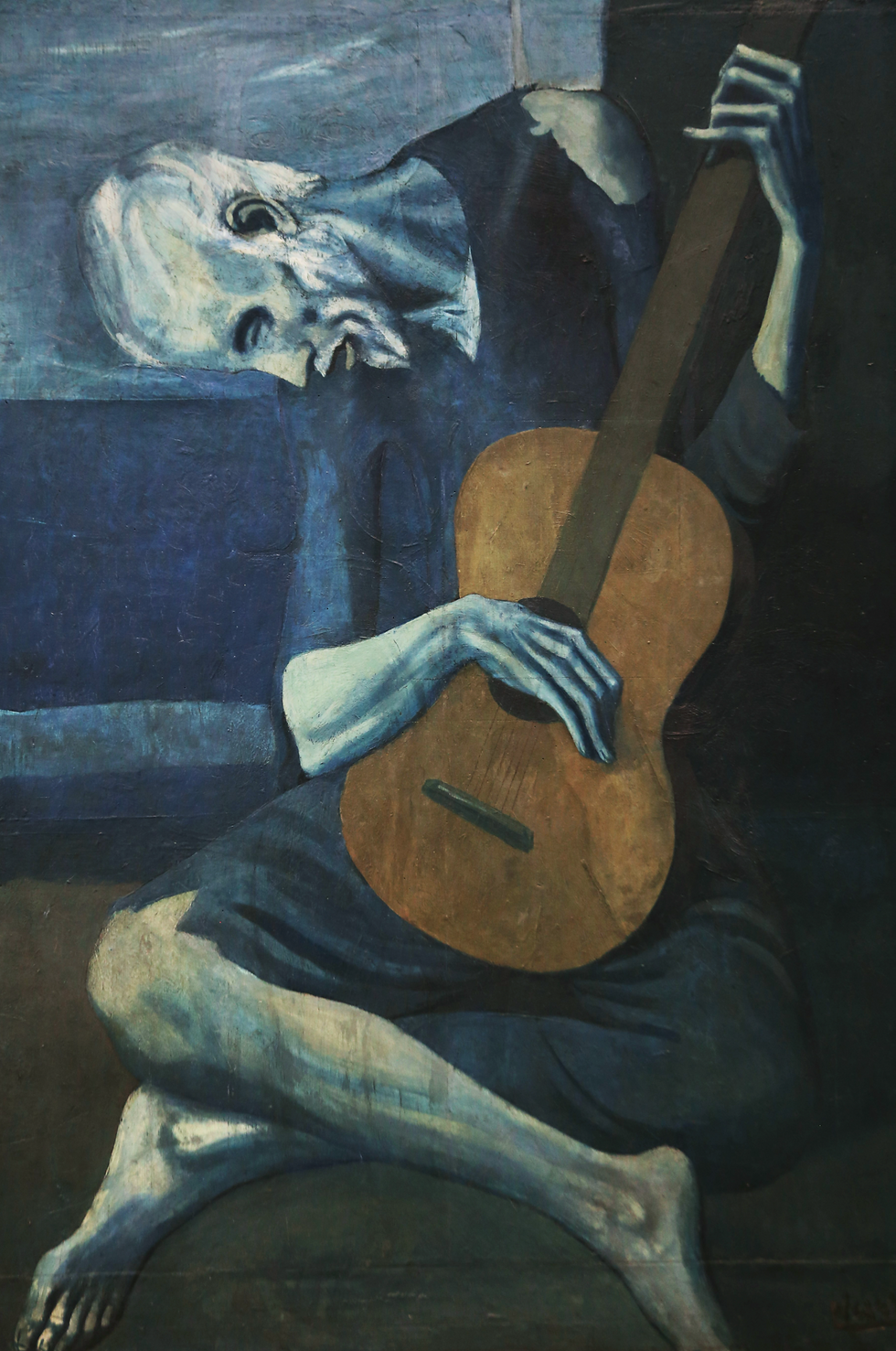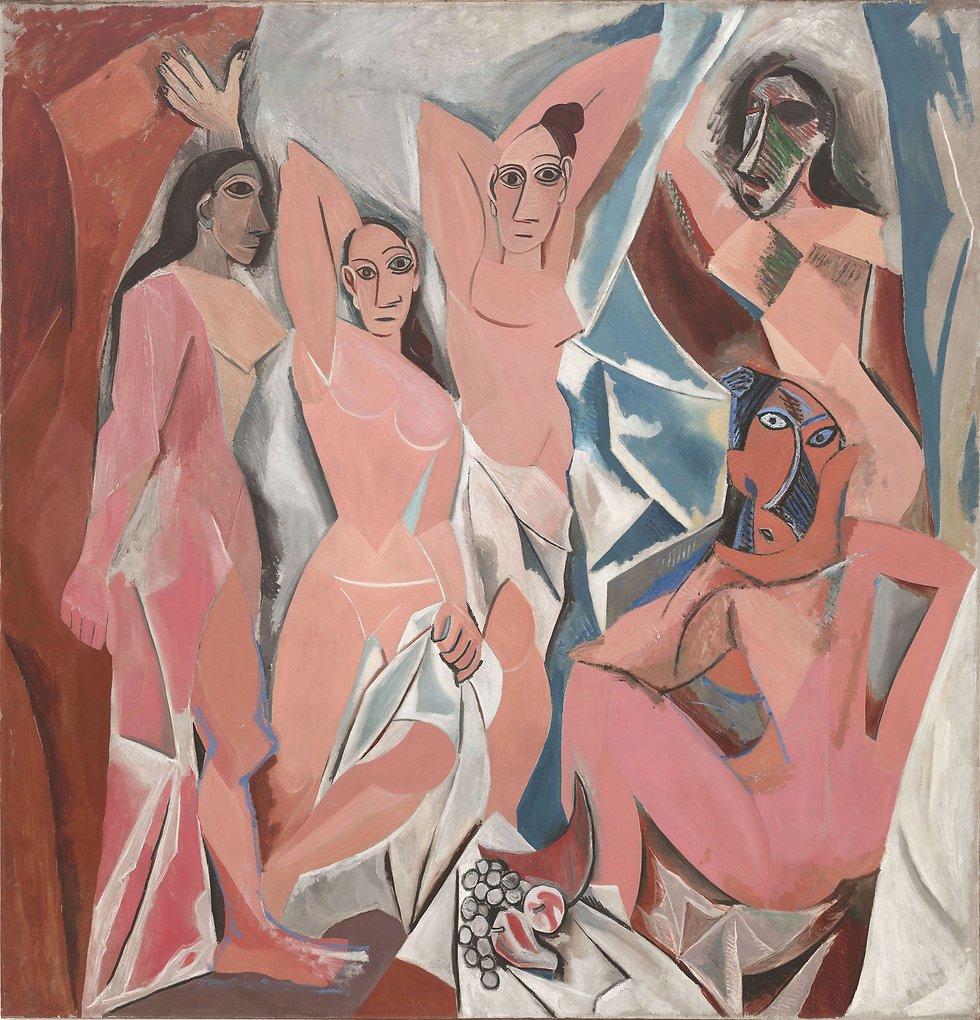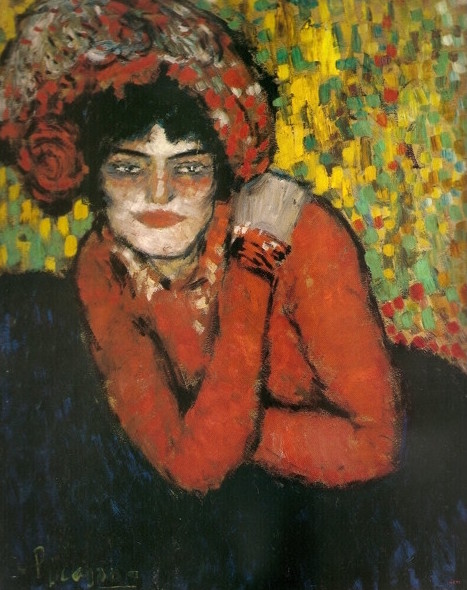October the 25th - Pablo Picasso - Artist Birthday
- LaBelleEpoq

- Oct 26, 2023
- 3 min read
Pablo Picasso
Spanish
Born: October 25, 1881; Málaga, Spain
Died: April 8, 1973; Mougins, France
Art Movement: Cubism, Post-Impressionism, Surrealism

On the night of October 25th 1881, in Malaga, Spain, an artist was born who is recognised as one of the most famous artists of all time.
Pablo Diego José Francisco de Paula Juan Nepomuceno María de los Remedios Cipriano de la Santísima Trinidad Ruiz y Picasso, commonly known as Pablo Picasso, he revolutionised art, constantly inventing and breaking the rules that heavily influenced the 20th century and continued until now.
Painter, sculptor, ceramist, innovator and pioneer of the Cubist movement, Pablo Picasso is considered a genius by many art amateurs and professionals.
The son of an Art Professor, Don José Ruiz y Blasco, Pablo was introduced to paintings from a very young age, and he showed remarkable prodigy talent from the beginning. At only eight years old, he painted his first work, "El Picador" in 1889.
Picasso entered the School of Fine Arts in 1895 when his family moved to Barcelona, and two years later, he joined the Madrid Academy of Art.
In 1899, Pablo started frequenting Els Quatre Gats ( The Four Cats), a café in Barcelona known as a lieu de rendez-vous for many artists like Antoni Gaudí, Santiago Rusiñol and Ramon Casas I Carbo. His visits allowed him to discover and exchange ideas with influential Modernist artists and bohemian intellectuals of his time.
Picasso visited Paris in 1900 for the first time and returned the following year to have his first exhibition at the Vollard Gallery at the age of 19.
Throughout his artistic life, Pablo Picasso regularly reinvented his style according to his influences and the vagaries of life. Thus, his artworks are sorted through different periods, including the Blue Period, the Rose Period, the African Period and the Cubist Period.
The Blue period is characterised by the use of blue shades and monochromatic tones for his paintings, showing the emotional depths of his personal life after going through loss, mourning, poverty and loneliness, especially after the death of his sister and close friend Carles Casagemas. "The Old Guitarist" is one of the most famous works from that era.

In 1904, Picasso met Fernande Olivier, his partner and muse, from 1904 to 1909. It is believed his happy relationship with Fernande inspired him to change from a sombre to a warmer style: The Rose Period. Picasso used lighter tones, including pink and orange, representing Harlequins and circus performers.
The same year, Pablo Picasso met George Braque, and they innovated towards a new style, Cubist, influenced by Paul Cézanne and African sculptures. The main idea of Cubism was the rejection of the traditional belief that art should serve as an imitation of reality.

Picasso's first representation of this new period was "Les Demoiselles d'Avignon", painted in 1907.
In 1918, Picasso married his first wife, Olga Khokhlova, who was a dancer in the Ballets Russes and the mother of their son Paulo Picasso.

During the Spanish Civil War, Pablo Picasso accomplished a powerful anti-war monumental oil painting in response to the bombings in Guernica. Completed in 1937, this artwork is one of the most famous and impactful works worldwide because of its raw emotional representation of the atrocities during the war.

"Guernica" was presented at the Paris International Exposition in July 1937 at the Spanish Pavilion and Pablo Picasso famously quoted:
"I have always believed and still believe that artists who live and work with spiritual values cannot and should not remain indifferent to a conflict in which the highest values of humanity and civilisation are at stake.”
In 1952, Picasso met his second wife, Jacqueline Roque and had multiple relationships with other women who all had an influence on his artistic style.


Pablo Picasso passed away on April 8th, 1973, in Mougins, France, leaving a collection of around 150,000 pieces, including paintings, engravings, illustrations, sculptures and ceramics. He was buried in Château de Vauvenargues near Aix-en-Provence, south of France. His legacy continues to influence and inspire generations of artists.

If you want to learn about his friend and co-founder of the Cubism Movement, Georges Braque, check out this video.
Continue Reading and acquiring our books on AMZN: https://www.amazon.com/dp/B09431HBF7
By acquiring our books, artworks, certified prints or any merchandising through our Amazon shop or website, you become a Genuine Art Patron, directly contributing to allowing our Artists to thrive and build a long-lasting legacy in the Art World.

































Comments